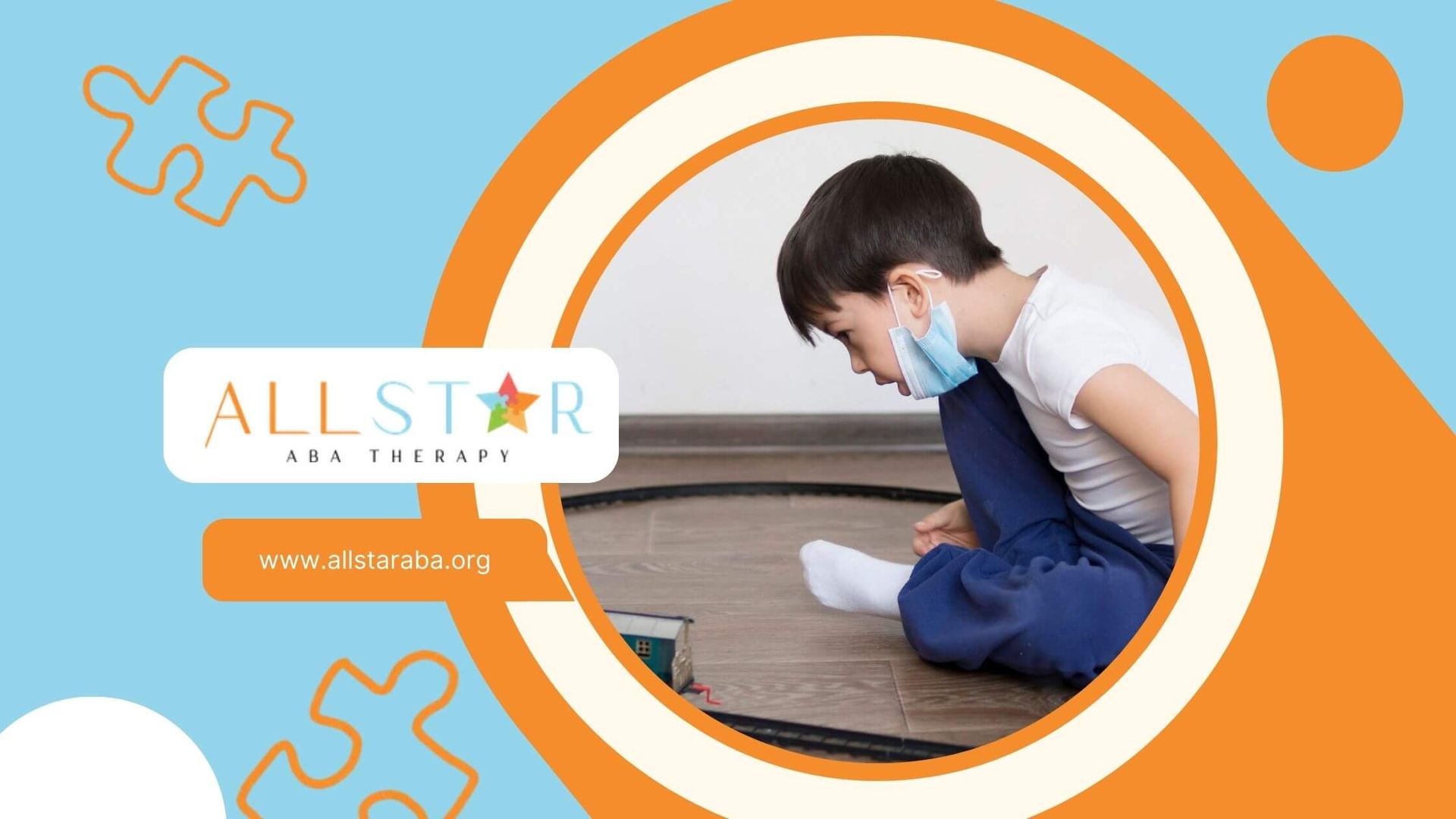New Paragraph
What Is Chinning in Autism? Explained Simply
What is chinning in autism? Chinning is a repetitive behavior seen in some people with autism where the person presses their chin against objects, hands, or even people. This action provides sensory stimulation that can be calming and help regulate their sensory system.
What is Chinning in Autism? The Basics
Chinning involves pressing the chin to exert pressure, often on the jaw or temporomandibular joint. It acts as a form of self-soothing or sensory regulation for individuals with autism, helping balance sensory input that might be overwhelming or insufficient.
Why Does Chinning Happen?
Sensory input affects people with autism differently. Chinning provides predictable, comforting pressure that can reduce anxiety or frustration. For some nonverbal children, it might also communicate a need for attention or comfort.
What Are the Concerns?
Repeated chinning can lead to dental issues like tooth misalignment or jaw discomfort. Monitoring and managing the behavior with occupational therapy or ABA strategies helps keep it safe and functional.
Chinning is a sensory coping mechanism in autism. To ensure wellbeing, reach out to All Star ABA in Maryland for tailored evaluations and support to manage repetitive behaviors safely.
FAQs
What is chinning in autism?
Chinning is pressing the chin against objects or people for sensory comfort.
Why do autistic individuals chin?
It provides calming sensory input and helps regulate anxiety or overstimulation.
Is chinning harmful?
Usually not, but frequent chinning can affect teeth and jaw health.
Need Support?
We're Here to Help!
Our experienced team is ready to assist you. Reach out today to discuss how we can support your child's development and well-being.
Get started with expert ABA therapy today.








